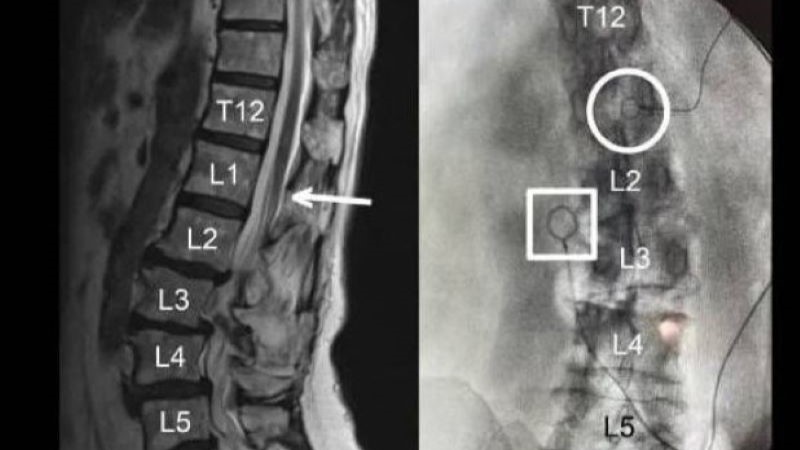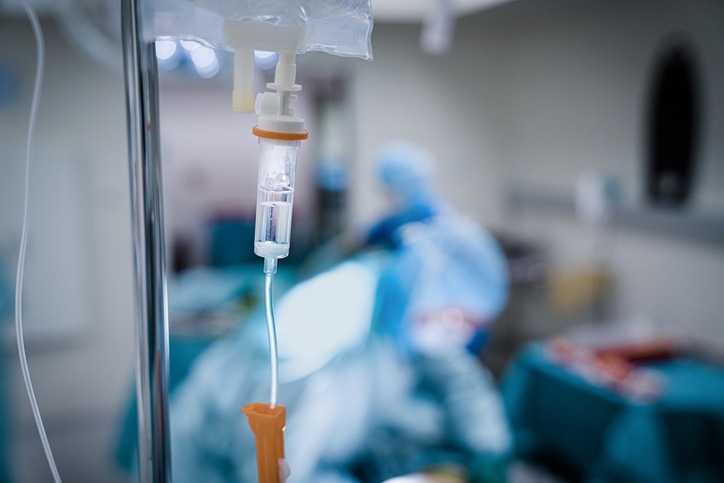
The incidence of hospital-treated infections within the first 30 days following surgical treatment for hip fracture jumped from 10.8% in 2005-2006 to 14.3% in 2015-2016—an increase of 32%—according to new research.
The study included 74,771 patients aged 65 years and older who were undergoing their first hip fracture surgery. In addition to 30-day risk, researchers also observed greater odds of infection at 15, 90, and 365 days postoperatively. Thirty-day hospital-treated pneumonia in that same timeframe surged by 70% (adjusted risk ratio [RR] 1.70, 95% confidence interval [CI] 1.49 to 1.92). Community-based antibiotic prescriptions within 30 days postoperatively went from 17.5% in 2005-2006 to 27.1% in 2015-2016—going up by 54% (adjusted RR 1.54; 95% CI, 1.47 to 1.62). The most significant increase was in broad-spectrum antibiotic use (adjusted RR 1.79, 95% CI 1.68 to 1.90).
https://twitter.com/WileyNews/status/1070338296948117509
Between 2005 and 2016, hip fracture patients had a significantly higher risk of infection than the general population.
1 in 4 patients with a hip fracture dies within a year. An estimated 1.1 million hip fractures will occur this year across Asia-Pacific region, predicted to climb to 2.6 million by 2050. #APFFA is committed to curbing this medical emergency.@iofbonehealth @Densitometry pic.twitter.com/Mdo44qLMpU
— Fragility Fracture Network (FFN) (@FF_Network) December 6, 2018
“We found increased risks of postoperative treated infections following hip fracture surgery during the 12‐year study period, which could not entirely be explained by similar infection trends in the general population,” the study authors wrote.
The cost of #hip #fracture treatment in the #EU equates to 1.4% of the total #healthcare burden in established market economies. @xlgriffin &co ask: can a #trial investigating total hip #arthroplasty for hip fracture be delivered in the #NHS? https://t.co/i0t5S6Klen #cost
— Bone & Joint Research (@BoneJointRes) December 5, 2018
The results raise concern because hip fracture patients tend to be older in age, and this population is already at an increased risk of infection-related mortality, the study authors said.
Increasing Risk of Infections After Hip Fracture Surgery: A Nationwide Study 2005–2016. New study from @KajaKristiane @dceaarhus patient safety research group https://t.co/LtFaBtExD9
— Alma Becic Pedersen (@AlmaBPedersen) December 5, 2018
Lead study author Kaja Kjørholt, of Aarhus University Hospital, in Denmark, said of the findings, “Given the high mortality following infections in elderly individuals, future research and clinical work should focus on improving our understanding of the risk factors and patient profiles associated with postoperative infections. Knowledge of risk factors may enable cost-effective preventive measures and treatment protocols to reduce infections and mortality.”
Zoledronate Effective in Fracture Protection for Women with Osteopenia
Osteoporosis-related Fractures Pose Significant Financial Burden on Medicare Beneficiaries
Sources: Journal of Bone and Mineral Research, Wiley







 © 2025 Mashup Media, LLC, a Formedics Property. All Rights Reserved.
© 2025 Mashup Media, LLC, a Formedics Property. All Rights Reserved.